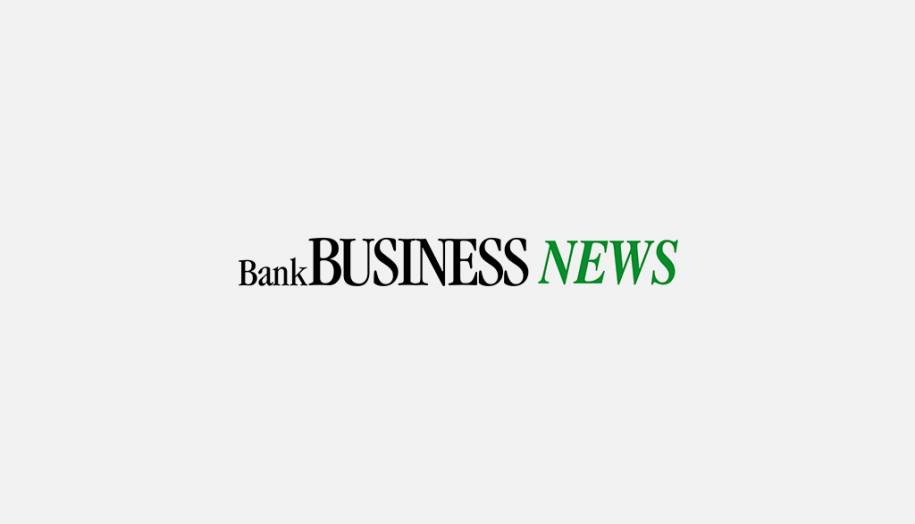Fintech Can Help Community Banks Optimize Local Loyalty this Holiday Season
By Jonathan Silver
Published November 17, 2020
In the wake of ongoing economic turmoil caused by the COVID-19 pandemic, community banks across the U.S. are approaching an existential crisis.
Beyond American job losses that may unofficially exceed 30 million, record retail bankruptcies, the looming threat of sector-wide small business loan defaults, and swelling payment protection program fraud losses, community banks are also being displaced by the open-banking revolution.
With the proliferation of cloud-based financial technologies – those that power online lending, mobile payments, digital onboarding, contactless payments, cardless ATMs, and tailored products and services based on personal data, for example – smaller financial institutions (FIs) are lagging behind tier one banks when it comes to innovation.
Traditionally, the innovation gap has been due to funding constraints. Community FIs have not had the economies of scale or data analytics tools to meaningfully strategize or implement digital transformation. But new out-of-the-box, API-driven fintech tools are making it easier for smaller FIs to catch the wave of the future. Specifically, tech innovations surrounding often-overlooked customer loyalty programs may hold the key to community banks’ survival.
Facing an increasingly uncertain future, community FIs need to continue to think creatively to optimize revenue capture and achieve a higher share of wallet while reducing liability. But arguably as important, small banks and credit unions need to adopt new technologies and products to keep their existing customers happy while acquiring new ones.
In order to attract and retain customers, cultivating high brand affinity is key within the loyalty economy. To this end, modernizing loyalty programs will be vital for community FIs to compete in a pandemic-stricken economy.
Hidden Billions
Research from credit card issuer Mastercard found that 8%, or $16 billion, worth of loyalty points go unredeemed by consumers each year. Looking at the big picture, the loyalty space is sized as an annual market opportunity in the realm of $200 billion, according to analyst estimates. All this to say, there’s much for financial institutions to gain by revamping their loyalty programs.
Loyalty programs offer banks engaging and creative ways to reward their customers for their ongoing business with them, as well as the institution’s network of affiliates and services in the community.
In order to adapt to the pandemic-challenged business environment, community institutions should seek to partner with local merchants, promoting their websites and integrating local offerings in order to stimulate business and maximize the value of untapped loyalty assets. Some ways community banks could incorporate loyalty programs into their customer offerings include discounts, cash-back opportunities, and hosting events that incentivize the patronage of local businesses, smaller storefronts and franchise retailers alike.
But the broader transition that community FIs need to conceptualize, loyalty experts say, is one where banks leverage rewards programs to become the connective merchant network within their towns and municipalities. By becoming “the connector” of their communities, local FIs stand to reap the benefits of increased emotional loyalty.
Holiday Opportunities
Dovetailing with the loyalty opportunity is the approaching holiday shopping season. Holiday retail sales are projected to rise as much as 1.5% from last year, according to estimates from consultants Deloitte. Deloitte also points out that e-commerce sales could increase by 25% to 35%. Paired with these projections, certain segments are poised for outsized growth this holiday season.
For example, spending related to the home sector is on the rise, with an emphasis on cooking and decor, according to Kohl’s Corp chief executive officer Michelle Gass. The logic behind this trend is that, with more people sheltering in place, demand for products and services that can complement quarantined consumer behavior is growing in lockstep.
Social distancing at home since early spring, Americans have been busy “painting, building, fixing and decorating” their abodes, according to The Wall Street Journal. Some Americans are even going all in with full-scale home-remodeling projects. Since April, WSJ reports that Home Depot has seen daily foot traffic at its stores rise by 35% over last year’s numbers, according to cell phone geolocation logged by Unacast.
Also benefiting from the home-confining nature of the pandemic are the toy and video-game industries. On a recent earnings call, executives from toymakers Mattel and Hasbro said the pandemic jumpstarted demand for board games, dolls and other toys, as exasperated parents spend more than usual to keep their young children occupied and entertained.
At the same time, the video-game industry is also thriving during the pandemic, according to a recent analyst report from Deutsche Bank. The bank noted that 2020 saw “a permanent structural increase” in the time and money spent on video games largely due to the new status quo of staying at home.

Follow the Consumer
Given these cyclical themes in consumer spending, community financial institutions would be wise to target and partner with local retailers that operate in the above-mentioned markets. Even if an e-commerce platform is non-existent, recent research that shows more than half of U.S. millennials said they would be making almost all of their purchases at local businesses this holiday season.
Statistics like these reflect the importance of ensuring that local businesses are included in a loyalty overhaul. With many small and medium-sized businesses (SMBs) struggling to pay off their loans, failure to prioritize them in any institutional loyalty re-think would be self-defeating for community banks.
As the financial lifeblood of their communities, which are generally smaller metropolitan statistical areas (MSAs), these banks are typically the lender of choice for local SMBs. It follows that these businesses must come first.
This means incentivizing buying and offering the ability to redeem points or spend cash from cash-back programs at the local grocery store, toy store, pharmacy, hardware store, general store, coffee shop, bakery, butcher’s shop and so on. By leveraging loyalty as an impetus for “buying local,” smaller banks can help maximize local SMB sales during a historically difficult business environment, mitigate default risk in their own business loan portfolios and most importantly, keep the community solvent.
Fintech Improves Loyalty
Loyalty programs are key to helping community banks differentiate themselves and remain competitive with the customer incentive schemes offered by larger financial institutions. But in order to compete with Wall Street, community institutions must embrace nimble and mobile-first financial technology.
But digital transformation can present a challenge for smaller banks because they often lack the requisite infrastructure needed to enable quick and seamless technology pivots. Therefore, any transformation initiative pursued by a community institution must be executed with a customer-first mindset.
This means that community banks should seek to keep their account holders informed about their plans to upgrade systems and introduce new loyalty schemes. Institutions should maximize whatever communications channels their customer relationship management interfaces support for this endeavor, be it email, social media, text messages, or direct mailers.
The good news is that the open-banking revolution has made digital transformation much more accessible and affordable for less digitally fluent community institutions. With the advent of application programming interfaces (APIs) and the cloud, community banks now have the ability to create the same kind of seamless loyalty experiences that consumers might typically expect from larger institutions.
What’s more, the more personal nature of community banking models means that smaller institutions may be able to tailor even more personalized and hyper-local incentive programs that ultimately deliver a deeper emotional connection for their retail and business customers.
For example, community institutions might consider deploying an increasingly popular loyalty scheme that allows customers to pay with points at designated retailers. This would empower community banks to expand their loyalty offerings through partnerships with local retailers, reinforcing consumer behavior that optimizes the sustenance of the community.
But realizing the full potential of loyalty is not possible without the right fintech partner. The key value proposition here is choice. A modern fintech solution can give smaller banks the flexibility to hyper-personalize their stable of loyalty partners and affiliates, allowing them to drive their customers to local businesses and promote the financial health of their communities.
In a world disrupted by a public health crisis with no clear end in sight, loyalty programs can help communities left behind by Wall Street and government stimulus stay above water. But in order to monetize loyalty throughout their communities, smaller institutions must harness the power of open banking and modern fintech.
About the Author: Jonathan Silver
As the Chief Executive Officer (CEO) of Engage People, Jonathan is responsible for managing all facets of the business. He leads the long-term corporate strategy, marketing and sales at one of the fastest-growing technology companies in Canada, according to Profit Magazine. Jonathan has a proven executive management track record and over 20 years of experience driving growth in the loyalty and technology industry. Prior to Engage People, Jonathan held numerous senior positions in the loyalty sector and was Chairman and Co-owner of MyAxs and CEO and Co-founder of Access (formerly LRG Rewards). His passion is the customer space where he focuses on developing innovative solutions that drive tangible results. Jonathan is a member of the leadership team and board of directors at Engage People. He earned an MBA from the Ivey Business School at the University of Western Ontario.
